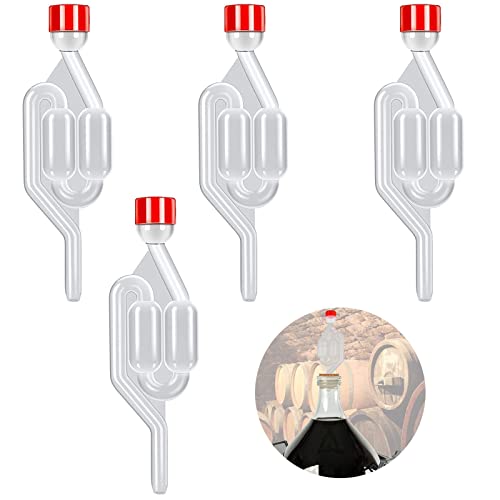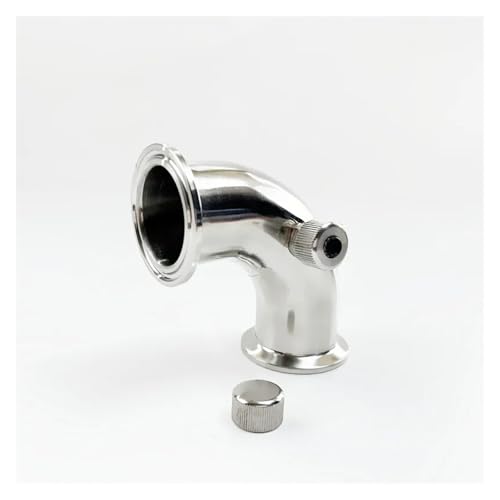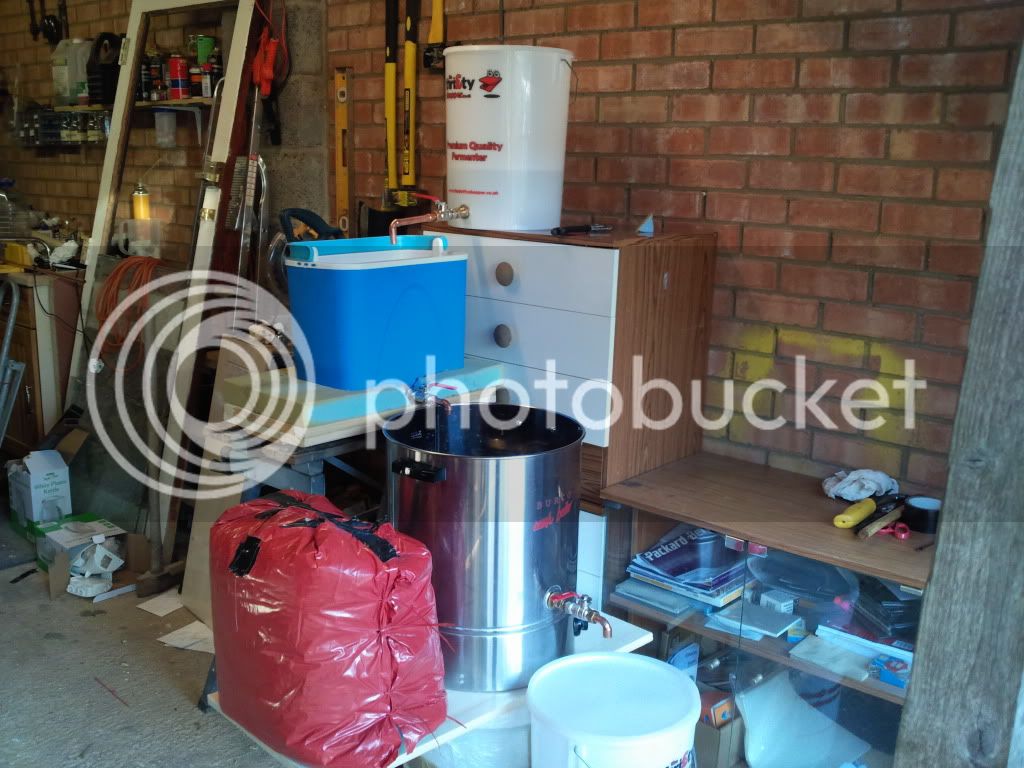unclepumble
Landlord.
pjbiker said:I think I understand the point you're all driving at, and maybe getting 'crossed wires'. Please don't get offended folks. The intention was to use a PT100 in the outlet of the herms coil, before it enters the mash tun.unclepumble said:Therefore my point is that if your using Herms you want to control the heat giving medium more accurately, rather than using a control valve or bypass loop, to ensure a consistent temperature in the mash and thus ensuring a more repeatable brew, that's why most people that go down the HERMS route, measure the temperature of the wort and hence control the PID using a PT100 on the outlet of the herms unit, as opposed to control from a PT100 in the mash.UP
I think Aleman has a point here, the limitation is the efficiency of heat transfer between the heating source and the circulating wort. My plan was to use a length of 10mm copper in the HLT at ?>77deg C. Perhaps as he says, this is not efficient enough a transfer to increase mash temperature in the timeframe required for a 'mashout', regardless of the flow-rate through it.Aleman said:Can I just point out that several brewers I know who have gone down the HERMS route with the HEX in the HLT have abandoned the project. The issue is that the thermal mass of the liquor in the HLT the element cannot heat the liquor fast enough to compensate for the required temperature changes to the wort.
This is why people like Vossy, Seveneer and myself have gone for much smaller vessels as our HEX because the smaller amount of liquor responds much more quickly to the required heat demands.
My plan was more for a maintenance of homegenous mash temperature, but would obviously like the flexibilty to try stuff out. Its till a 'pipe dream' pardon the pun.
Peace out.
PJ
PT100 on the outlet of the herms chamber :thumb:
Peace out:- No Worries :thumb: sorrry to all If my response sounds aggressive at all (one of my faults sometimes) it wasn't meant too
The Big boys aim for a temperature rise of 0.5deg C per minute, so if you can design a system that can deliver that you will be good to go.
UP






![BREWING THERMOMETER STICKERS ACCURATELY MONITOR FERMENTING BEER & WINE LIQUID TEMPERATURES 5PCS HOME BREW SPIRITS WINE LCD ADHESIVE [US]](https://m.media-amazon.com/images/I/311DDjo2X3L._SL500_.jpg)



































